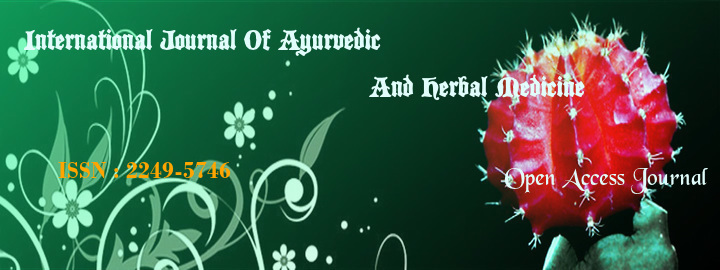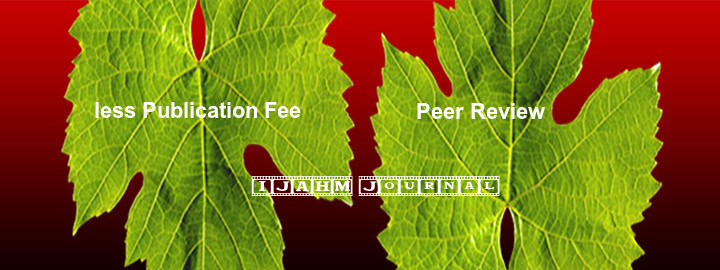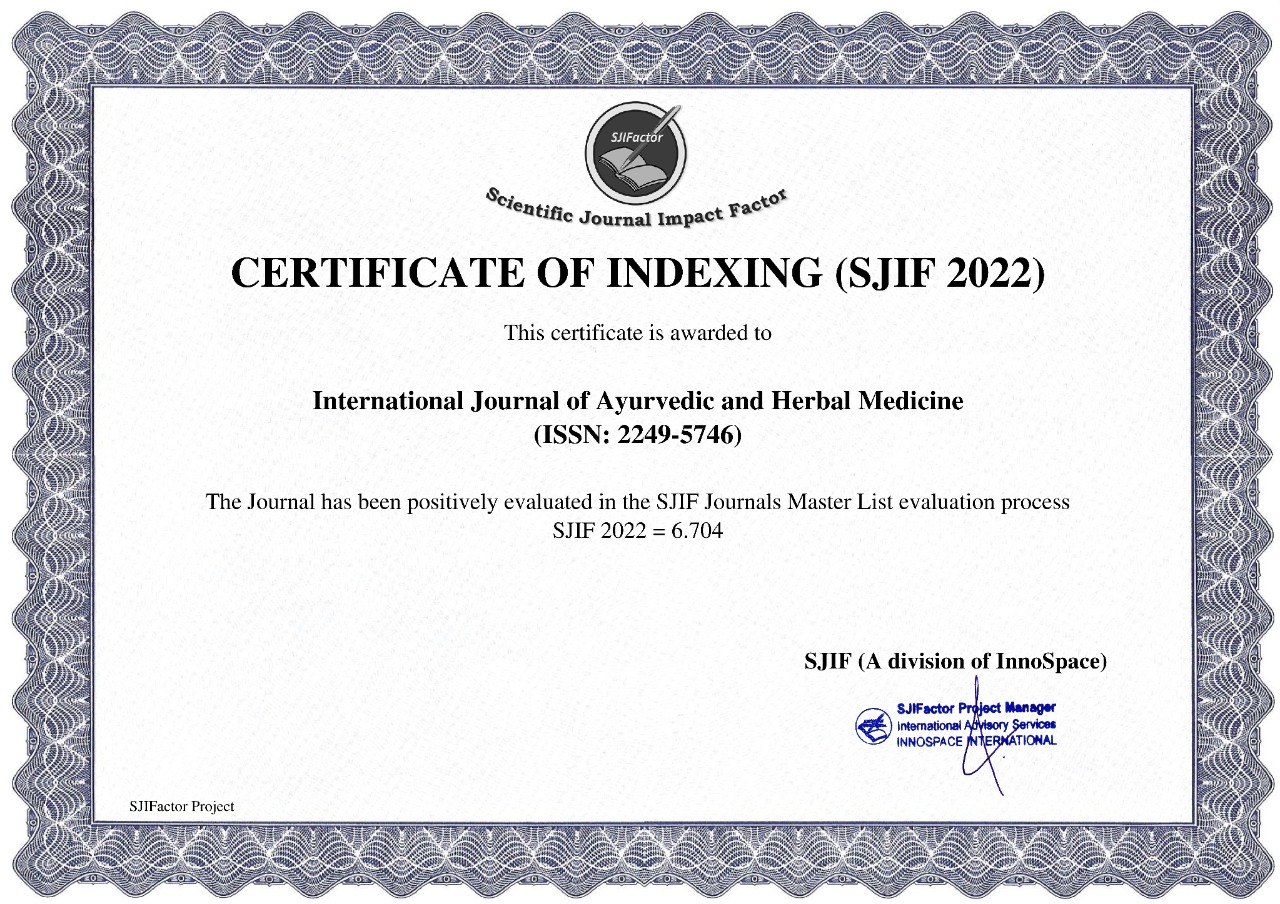


*Harikrishna Bn *Pradeep Kumar Singh ** Dr. Mahendra Prasad
Shareera Kriya Deptt, Nia, Madhava Vilas, Ameer Road,, Jaipur, Rajasthan 302002 India
This email address is being protected from spambots. You need JavaScript enabled to view it.
Abstract
Introduction: Life style disorders are one of the raising issues in present era. This is because what we do or what we think is what we are. Lifestyle disorders are set of diseases which are because of modified life style of present generation. That is why these are also known as Diseases of civilization. Obesity, metabolic syndrome, heart disease, asthma, some kinds of cancer, chronic liver disease, Diabetes (Type 2), and depression are some of diseases which are included under this. Incidence and prevalence of these are mainly seen in Urban and semi suburban areas than the rural areas. Drug abuse, sedentary lifestyle, tobacco and smoking are the major culprits among the causes of this. There is significant difference in the lifestyles of people of rural and urban areas. That is why a study was undertaken to highlight the incidence of health related issues particularly the lifestyle diseases in urban and rural areas.
Material and Methods: It is a survey study. The mobile medical camp conducted at Gogunda tehsil of Udaipur district in the month of Feb. 2014 and Data recorded in the OPD of National institute of Ayurveda Hospital were taken respectively. The total population of five villages of Gogunda tehasil is Total 12461. In which 555 adult patients were surveyed. Data of 528 adult patients were recorded in NIA Jaipur during Feb.2014.
Results & Discussion: Prevalence of some of the Lifestyle diseases like Diabetes2, Hypertension, Obesity, Depression in Urban area in comparison with rural is statistically significant. Even though the Prevalence of Acid peptic diseases in urban area were found to be more, it was found non-significant statistically. Probable reason for the significant prevalence of Lifestyle disorders in urban area could be the varied pattern of life style.
Conclusion: Diet and lifestyle influence significantly on our health. We are going away from the traditional style of life in this era. This is evident when we look at the prevalence of lifestyle disorders. Urban style of life is mostly the base for these disorders. Whereas the rural style of life gives room for the deficiency disorders, communicable diseases and degenerative disorders. People of urban and sub urban areas are even though sophisticated in comparison with rural areas, they are unaware about the preventive aspects. That is why, awareness of health in terms of preventive aspects through Ayurveda is necessary in these areas. This type of health data should never be restricted for the purpose of statistics rather it need to be utilized in correcting the health related issues.
REFERANCES
-
2. www.rohiniwithfindings.wordpress.com
3. Ibid
4. www.science.gov/topicpages/p/promote+healthier+lifestyles.html
5. timesofindia.indiatimes.com/.../Lifes.
6. Gupta R. Trends in hypertension epidemiology in India. J Hum Hypertens. 2004; 18:738.
7. Reddy KS. Regional case studies–India. Nestle Nutr Workshop SerPediatrProgram. 2009;63:15-24; discussion 41-16, 259-268
8. www.diabetes.co.uk/...diabetes/diab
9. Ibid
10. Ibid
11. Ramachandran A, Snehalatha C, Kapur A, et al. Diabetes Epidemiology Study Group in India (DESI). High prevalence of diabetes and impaired glucose tolerance in India: National Urban Diabetes Survey. Diabetologia. 2001; 44:1094-1101.
12. www.care.diabetesjournals.org/.../1798
13. O P Gupta, Sanjeev Phatak. Pandemictrends inprevalenceofdiabetesmellitusandassociatedCoronaryheartdiseaseinIndia– Theircausesandprevention. Int. J. DIAB. Dev. Countries (2003), Vol. 23
14. Singh S, Kumar V, Kumar S, Subbappa A. The effect of periodontal therapy on glycemic control in patients with type-2 diabetes mellitus: A randomized controlled clinical trial. Int J Diabetes Dev Ctries. 2008; 28:38–44.
15. learningbuzz.wikispaces.com/
16. timesofindia.indiatimes.com/India/
index























